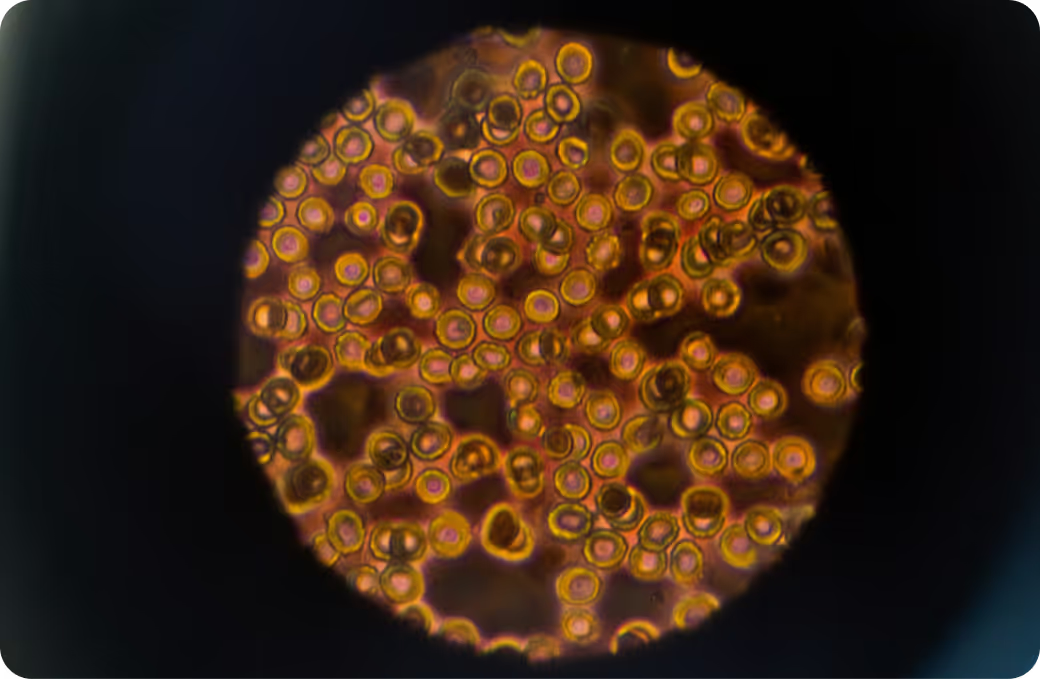Key Insights
What is N-Acetyl (2-Cyanoethyl) Cysteine (NACE)?
Why Is It Important to Test For NACE?
What Insights Will I Get From an NACE Test?
Your report typically shows a creatinine-adjusted urine value compared with population-based reference data. For environmental toxins like acrylonitrile, lower values are generally favorable when achievable. Interpretation is most robust when you consider what happened in the day or two before the test, and when you repeat testing to see direction and magnitude of change.
Relatively lower values usually signal limited recent exposure, which means less near-term demand on detoxification and clearance systems. In everyday terms, your body is not currently encountering much acrylonitrile from smoke or ambient air, and short-term effects are less likely.
Relatively higher values suggest recent or ongoing exposure. That can translate into added workload for the liver’s glutathione pathways and the kidneys that excrete these metabolites. Depending on individual sensitivity and overall exposure mix, people may notice upper airway or eye irritation, headaches, or neurologic discomfort. Because acrylonitrile’s main route is inhalation from combustion sources, confirming patterns with timing, environment, and follow-up measurements is key rather than drawing conclusions from a single result.
Big picture, your NACE level is most meaningful alongside related biomarkers, general health indicators, and your real-world context. Over time, that combination helps separate a transient spike after smoke exposure from a persistent pattern that warrants further evaluation with a clinician.


.svg)








.avif)



.svg)





.svg)


.svg)


.svg)

.avif)
.svg)










.avif)
.avif)



.avif)



.png)